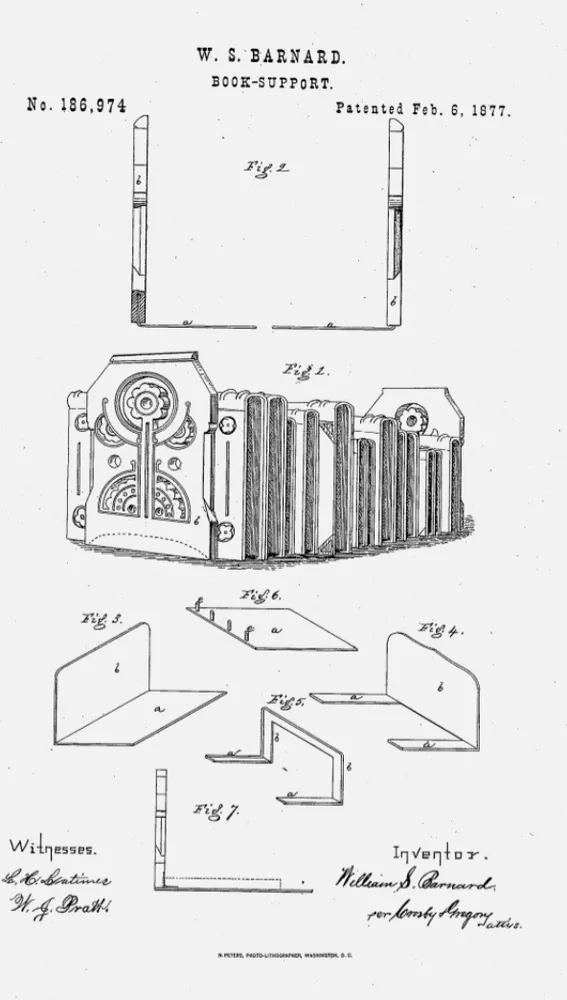What I Learned: Vintage Bookends!
One of the best parts of my job is diving deep into a rabbit hole to learn something new. And what’s better is that you’re here looking for antique bookends or ‘book-supports’. After all, what is life without having people to share it with?
Recently, I noticed my collection of bookends in the shop was growing considerably, so I decided to look up their history. Did you know that the first patent for a “book support” wasn’t issued until 1877? That’s fairly recent, considering books have been around for hundreds of years. How did they organize and keep books upright until then?
In the early days, books were kept in stacks on their sides. This was not only dangerous but also made finding a specific book quite challenging.
When books started being stored upright on shelves, they were placed with their spines facing the wall.
Since many books were chained to a lectern or a shelf, storing them fore-edge out helped protect them from damage, and markings were written on the pages to indicate the book’s title. It wasn’t until the 16th century that title and author information began appearing on spines.
As books became more widely available and shelves more stable, bookends became necessary to maintain organization and prevent books from toppling over. Today, many of our bookends are decorative additions to our shelves, showcasing a few books in between. They come in various materials and themes.
STONE From rough-cut stone to polished marble and carved onyx, stone bookends add a nice
texture to a space.
METAL Brass and metal bookends are timeless. Whether you prefer a shiny or patina surface,
you’re sure to find a pair that speaks to you.
GLASS Glass bookends might just be my current favorite. I love the light and airy feel they
bring. While many are hollow, you can find solid versions as well.
Discover the perfect bookends to complement your collection today at Urban Redeux. Visit us in-store in Alexandria, Virginia.

